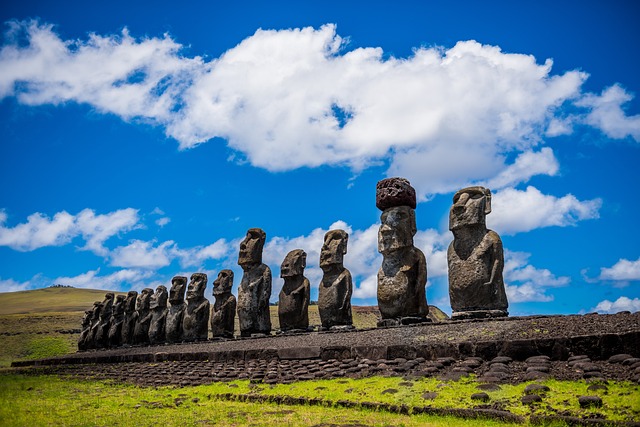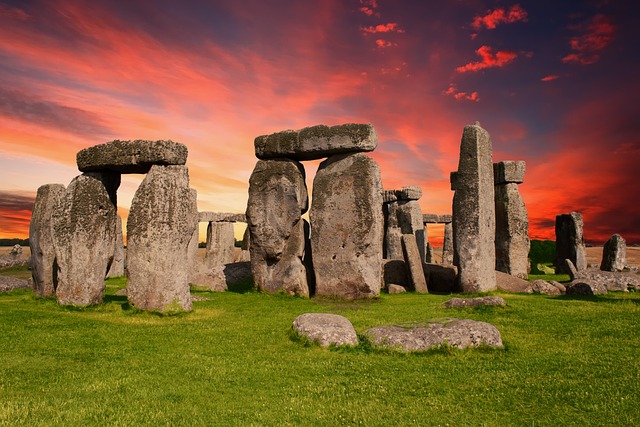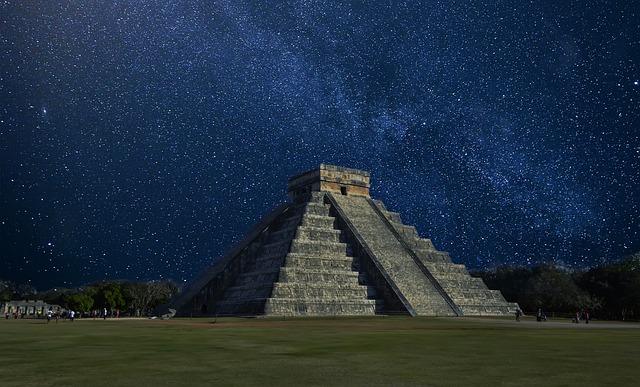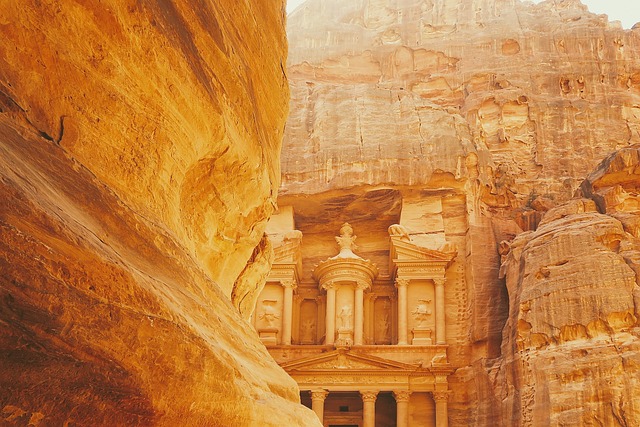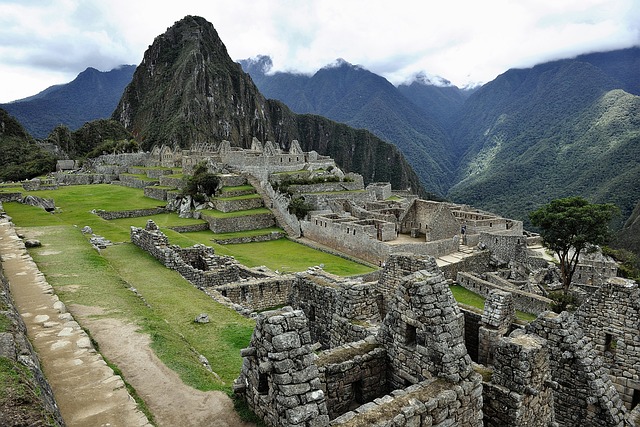Easter Island, Chile: Where the Statues Are Big and the Mystery Is Larger!
Easter Island, a special territory of Chile, stands as one of the most enigmatic places on Earth. Known locally as Rapa Nui, this remote island is nestled in the southeastern Pacific Ocean, far from any continental landmass. It is celebrated for its monumental statues known as moai, which have puzzled historians and tourists alike for generations. The island’s subtropical climate contributes to its lush landscapes, offering a variety of coastal cliffs, volcanic craters, and beaches, making it a unique location for both adventure and contemplation.

For the Rapa Nui people, the indigenous community of Easter Island, their cultural heritage is deeply connected to the moai and the land they inhabit. Over time, the island has faced challenges in balancing the preservation of its cultural landmarks and natural environment with the pressures of modernity and tourism. Despite these challenges, the local community continues to celebrate and perpetuate their customs, integrating the past and present in a living cultural landscape.
Key Takeaways
- Easter Island is famous for its cryptic moai statues and is a remote territory of Chile.
- The island features a diverse geography perfect for explorers and culture enthusiasts alike.
- Preservation efforts are ongoing to maintain the island’s cultural and natural heritage.
Mysterious Monoliths: The Moai Statues

Easter Island’s calling cards are its enigmatic moai statues, an enduring legacy that has raised more eyebrows than a comedian at a surprise party. These giant stone figures, carved from the island’s own flesh, stand as a testament to the resourcefulness and mysteries of ancient Polynesian culture.
The Heads of Easter Island
They may look like just a bunch of big heads, but the moai are so much more. Sprouting from the ground like colossal carrots, these statues are actually full-bodied figures, with most of their bulk cleverly hiding underground, like an iceberg waiting to surprise unsuspecting boats. Easter Island boasts over 900 of these massive statues, commonly found chilling on their stone platforms called ahu, with some like at Ahu Tongariki lined up as if they’ve got front-row tickets to history’s longest-running concert.
One could say the moai are Easter Island’s oldest residents, eternally throwing the world’s longest staring contest—no blinks recorded to date. Carved out of volcanic tuff (a fancy word for compressed volcanic ash), these guys put the ‘rock’ in rock-hard abs without setting a single foot in a gym.
Secrets of Rano Raraku
Achu! Bless you—oh, wait, it’s just the name of the place! Rano Raraku Quarry served as the moai manufacturing hub, where the island’s ancestors clearly didn’t believe in mass production but rather in mass—the bigger, the better. Here, the moai were lovingly crafted from solidified volcanic ash, and one can still spot the statues in various stages of their “makeover,” from rough drafts to ready-to-strut-their-stuff.
Heads up! Some moai decided that bald was out of style and sported pukao, those red scoria topknots that bedazzled like stone berets of honor. And just when you thought they couldn’t get any cooler, along come the petroglyphs—the original Easter Island emojis carved directly onto their bodies. Meanwhile, sharp-eyed folks might spot obsidian, a glass-like volcanic rock that adds a hint of bling to these stone-faced celebrities.
Thanks to meticulous conservation and restoration efforts, many moai have been propped back up after years of playing ‘statue statues’ (like musical chairs but less music, more falling over). It’s a delicate job—kind of like giving a rhino a pedicure, but the rhino is a several-ton rock celebrity, and the pedicurist is a team of dedicated conservators ensuring these giants keep wowing tourists and locals alike for centuries to come.
Vibrant Vistas: Geography and Climate

Easter Island wows with its scenic drama and a climate that’s as agreeable as a well-mixed Pisco Sour. Here travelers find a landscape carved from volcanic history, hugged by the Pacific, and brushed by subtropical breezes.
Volcanic Majesty
They say Easter Island emerged from the ocean’s depths in a tango with volcanic forces, and boy, does it show. The island is like a natural museum flaunting its volcanic history, from the trio of extinct volcanoes—Mount Terevaka, Rano Kao, and Poike—to the crater lakes that glint like eyes of the earth. Mount Terevaka lays claim to the title of highest point, a peak whimsically reached after a good hike. But it’s not just about heights; the caves and tangible lava flows tell tales of eruptions past, surely a hotspot for any Earth historian with a flair for the dramatic.
- Mount Terevaka: Highest peek-a-boo point, standing tall at 507 meters.
- Rano Kau: Offers a crater lake that’s a poster child for volcanic beauty.
- Poike Peninsula: Rugged, dramatic, and seasoned with tales of past eruptions.
Heavenly Climate
The island’s climate, much like the temperament of a sea turtle, is relaxed and pleasantly subtropical. Visitors can bask in balmy temperatures with the mercury rarely throwing a fit. Summers, while warmly flirting with averages around 23/24 °C (74/75 °F), welcome beach picnics and a sunhat parade at Anakena, the ever-inviting beach. Winters gently tap on the thermometer, coaxing it down to more cuddle-friendly averages of 18.5/19 °C (65/66 °F)—a perfect excuse for a cozy sweater. And like any good islander knows, the weather can be as unpredictable as a moai’s thoughts, but that’s all part of the charm—it keeps the climates to travel interesting.
- Summer: Warm caresses of the Pacific breeze.
- Winter: Cool enough for sweaters, mild enough to keep the penguins envious.
For a small island seemingly adrift in the Pacific Ocean, Easter Island offers a striking tableau defined by its volcanic roots and a climate that’s as welcoming as the island’s enigmatic statues.
Cultivating Culture: The Rapa Nui People

Nestled in the vast blue canvas of the Pacific, the Rapa Nui have carved out much more than just stone figures. They’ve truly cultivated a unique culture that stands tall, quite literally, on Easter Island.
Life on a Remote Island
One might think living on a dot in the Polynesian ocean could lead to a cultural snooze-fest. Think again. The folks here, known for their ancestral ties to Polynesia, have infused their culture with a sense of mana (spiritual power) as deep as the ocean that cradles their island. Easter Island, home to the Rapa Nui, embodies a history rich with cultural exchanges from fellow Polynesian societies. Despite being one of the world’s most isolated inhabited islands, a marvelous mishmash of cultural practices has emerged.
- Ancestors: They’ve got more family gatherings than anyone—only their’s last centuries.
- Population: It’s a small town where everyone knows your name, and maybe also your ancient chants.
- Settlement: The early Rapa Nui set up shop and made sure their cultural footprint was as enduring as their iconic stone hats.
Symbols of Mana
If Easter Island had a dollar for every time their stone statues turned heads, they’d be a tropical version of Fort Knox. These carvings, or moai, stationed on ceremonial platforms called ahus, are the island’s claim to fame, embodying the very essence of mana. But it wasn’t all about crafting gargantuan rock heads:
- Birdman cult: A yearly competition where getting your wings didn’t involve energy drinks.
- Orongo: A stone village where the Rapa Nui birdman cult participants probably debated the best cliff-jumping techniques.
- Mata: Imagine the surprise of popping by the island and discovering an entire social structure obsessed with a “birdman”—gives new weight to the term “fly high.”
With a cultural potpourri that includes everything from complex carvings to the feathered frenzy of the birdman cult, the Rapa Nui show us that remoteness is no barrier to a rich cultural tapestry woven through centuries of Polynesian society. It gives “island living” a whole new layer of depth, doesn’t it?
Conservation Conundrums: Preserving Easter Island

Easter Island, with its stoic moai statues, is a riddle wrapped in a mystery inside an enigma—seriously, how did those stone giants even get there? But the real puzzle nowadays involves conserving this isolated heritage site as the modern world encroaches.
Heritage and Harship
Rapa Nui National Park houses the iconic human figures that have stared down centuries of history, albeit without a change of expression. These sentinels hewn from stone form part of this UNESCO World Heritage Site and have sparked numerous conservation efforts. However, the island is not just an open-air museum; it’s home to a mixed population of both Rapa Nui people and other Chileans, balancing heritage on one hand with everyday life on the other. The mainland Chilean government, a mere 3,700 kilometers away, considers the island part of its territory, which sometimes makes ‘ruling the roost’ quite the long-distance relationship.
Maps of the island highlight its isolation and vulnerability to erosion—not just of its soil, but of its cultures and traditions. When it rains, it pours, which isn’t often because rainfall isn’t exactly flooding in regularly. This leads to a massive conservation quibble: how do you preserve history without enough water to spit-polish the moai?
Tourism and Troubles
Welcome to Hanga Roa, the local hotspot where visitors arrive dreaming of epic selfies with the moai. Tourism is both a blessing and a curse—like having your pancakes and realizing you’re out of syrup. It brings economic growth but also turns this tranquil island into a frenzy of flashing cameras and bustling tour groups. Annual visitors by the thousands flock here, and managing these eager beavers is a headache for the local Rapa Nui National Park rangers. The park spans thousands of hectares, all needing watchful eyes to protect against too curious tourists wielding mataa (Rapa Nui spears) replicas.
Despite the tongue-in-cheek tone, the issues facing Easter Island are no joke. The Chilean government and international entities continue to navigate the fine line between opening this wondrous spot to the world and keeping its ancient charms shielded from the wear and tear of modern tourism.

